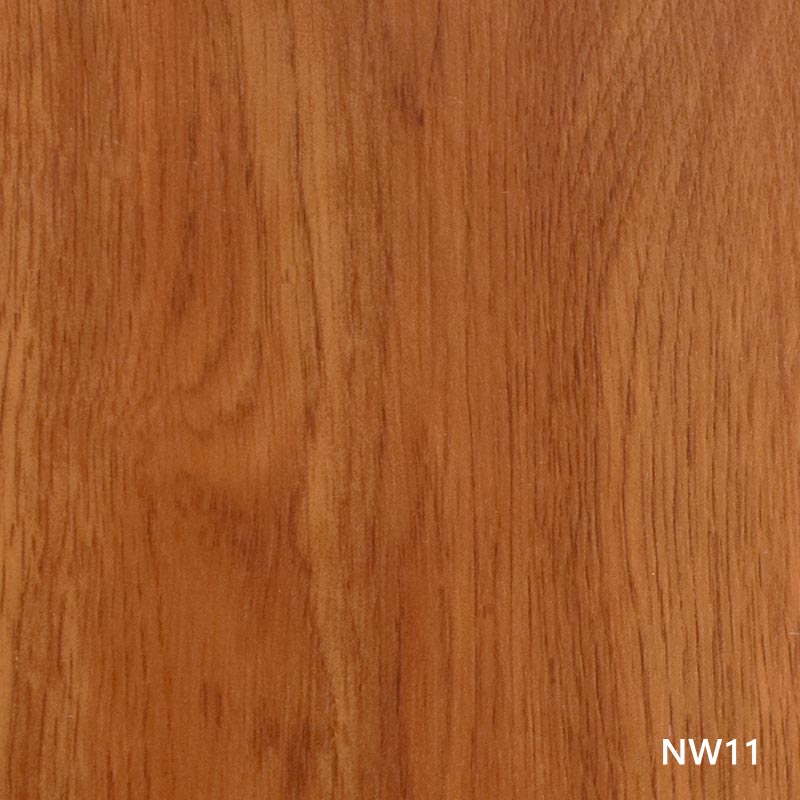QR Code

Contact Us

Phone

E-mail

Address
Nantongbang Industrial Park, No. 80, Fumin Road, Yuanshanbei Village, Changping Town, Dongguan City, Guangdong, China
With the advancement of technology and the continuous improvement of the quality of life, people pay more and more attention to the environmental protection, durability and aesthetics of materials when choosing home building materials. SPC flooring as a new type of floor decoration material, it has received widespread attention from consumers since it was launched on the market. SPC is the abbreviation of "Stone Plastic Composite", which means stone plastic composite material. This material is made by compounding natural stone powder and thermoplastic resin through a specific process, and has many advantages that traditional flooring does not have.

However, no product can be perfect, and SPC flooring also has its limitations and disadvantages. This article will explore the differences between SPC flooring and PVC flooring in detail for consumers to make more informed decisions when choosing flooring materials.
The first is the difference in material composition and structure.SPC flooring, also known as stone plastic composite flooring, has a core layer mainly made of natural limestone powder, polyethylene (PE) and stabilizer through high-temperature extrusion. SPC flooring has a harder core layer, which makes it harder and more stable.
PVC floor, full name is polyvinyl chloride floor, also commonly known as soft plastic floor. It is mainly composed of polyvinyl chloride and plasticizer, with good elasticity and softness.
Secondly, the wear resistance and stability of the two are also different. SPC floor has better wear resistance and scratch resistance due to its hard core. At the same time, SPC floor has better stability to changes in temperature and humidity, and is not easy to expand or shrink.Although PVC floor also has certain wear resistance, its wear resistance and stability are poorer than SPC floor.
In terms of environmental performance, SPC floor is more environmentally friendly and healthy because it uses natural stone powder, no formaldehyde, no heavy metals and other harmful substances.PVC floor contains plasticizer. Although many high-quality PVC floor products now tend to be environmentally friendly and use phenol-free plasticizers, on the whole, SPC floor has more advantages in environmental protection.
When installing and using, SPC floor has good structural stability, low requirements for ground flatness during installation, and easy installation, and mostly uses snap-on installation.PVC flooring is very soft, and the flatness of the ground is required to be high during installation, so as not to affect the appearance and service life.The scope of application of the two is also different. SPC flooring is suitable for environments with large traffic such as homes and commercial places because of its wear resistance and good stability.PVC flooring is suitable for places with high requirements for foot feel and safety such as kindergartens and hospitals because of its good elasticity and softness.
SPC flooring has occupied a place in the flooring market with its series of advantages such as environmental protection and non-toxicity, wear resistance and scratch resistance, waterproof and moisture-proof, easy installation, thermal insulation and sound insulation. However,it also has disadvantages such as high hardness, temperature sensitivity, limited diversity, and environmental adaptability. When choosing SPC flooring, consumers should weigh its advantages and disadvantages comprehensively according to their own needs and use environment, and make appropriate choices. After all, among many flooring materials, there is no absolute distinction between good and bad, only the most suitable choice for oneself.




Nantongbang Industrial Park, No. 80, Fumin Road, Yuanshanbei Village, Changping Town, Dongguan City, Guangdong, China
Copyright © 2025 Dongguan Linhong Building Decoration Material Co., Ltd. All Rights Reserved.
Links | Sitemap | RSS | XML | Privacy Policy |
